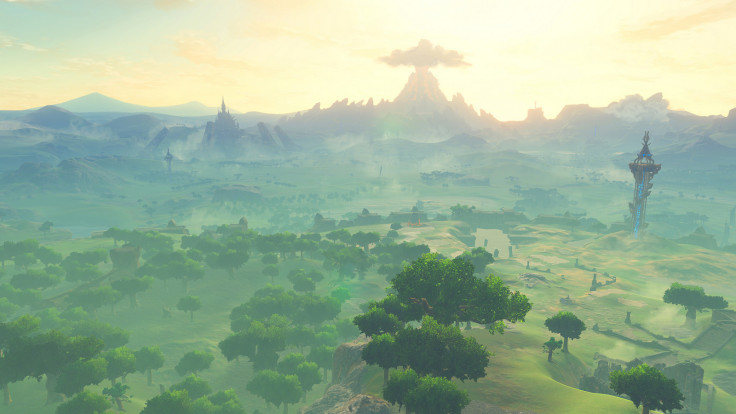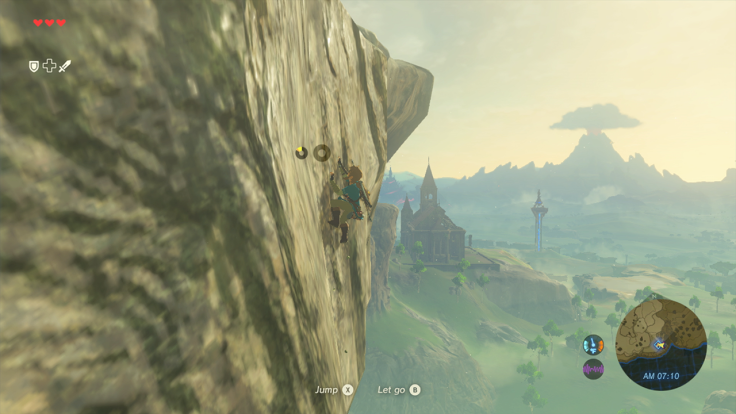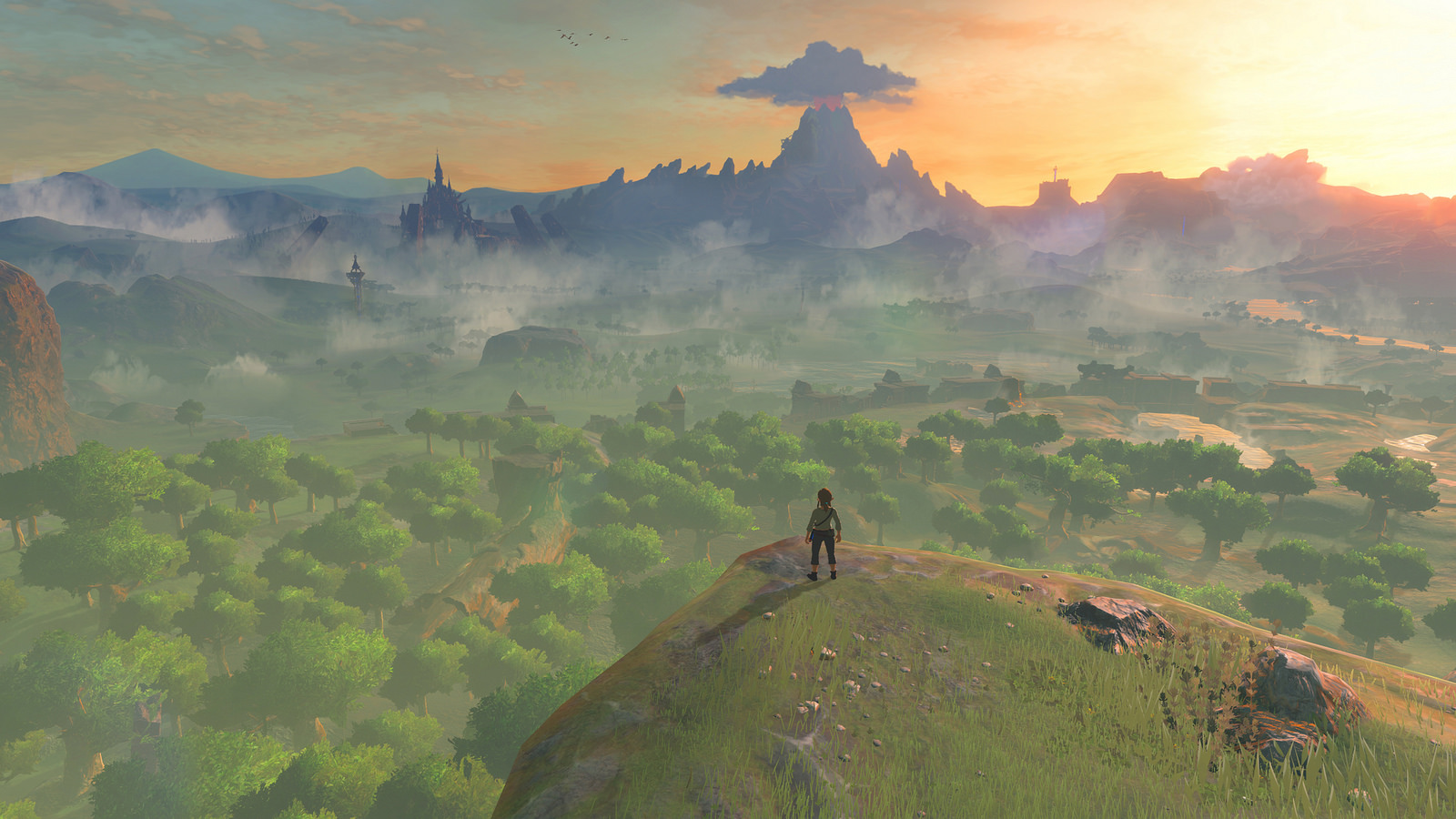The Legend of Zelda: Breath of the Wild hands-on – Nintendo's Expansive, stunning and daring new RPG
Exploring Hyrule will be incredible but how well Nintendo can pull focus to tell its story is key

Nintendo focused on just one game at this year's E3 – The Legend of Zelda: Breath of the Wild. Its showing was one of the most comprehensive and detailed of the show, but which somehow managed to simultaneously show a lot and very little of what appears to be an enormously ambitious project.
By now you'll know the basics: Breath of the Wild takes the Zelda series in a new direction, keeping many classic elements but overhauling the underpinning gameplay. In this enormous new depiction of the kingdom of Hyrule, Link doesn't just need to traverse it, but survive it, too.
Weapons degrade, stamina diminishes, extreme temperatures deal damage, food must be collected to replenish health and resources can be gathered to create and upgrade items.
I sampled these new features during a hands-on session at Nintendo's UK base of operations in Windsor, and it all works fantastically well with a cohesion to the mechanics that aids the sense of place.
Eating warm food or wearing warmer clothes helps prevent harm in cold areas, starting fires can cause an updraft Link can sail to new positions, boulders can be rolled towards enemy encampments - this is how the mechanics and environment come together to enhance the connection between players and the world.
Traversal has a greater depth than it ever has in the series, with natural climbing surfaces replacing the angular platforms of before. These can be clambered up and across by Link with more flexibility, with a new, gradually-depleting stamina bar (reminiscent of that in Team Ico's Shadow of the Colossus) creating tension and begging players to test its limits.
Exploring the nooks and crannies of this remarkable world - of which we only saw The Great Plateau, which represents just 2% of the overall map - will while away hour after hour when the game is finally released next year on Wii U and NX. However, the true measure of the game's success will be how well it pulls focus when required.
This is a problem that afflicts countless open world games. Red Dead Redemption and Skyrim are home to two of the finest open worlds ever created, but both are impeded (albeit slightly) in their story-telling ability by the sandboxes they invite us to play in. This is true of a lot of games that offer the player a choice of approach, and it usually hinders the sense of urgency that comes with what its protagonists are tasked with achieving.

Breath of the Wild will have this problem too, as it comes with the expansive territory, but how well Nintendo deals with it and tells its story will be the true test of the game's success. Zelda has never been a series steeped in plot, and that's certainly not likely to change, but how its story-moments are woven in while maintaining some sense of pace will be critical if the game is to be more than its open world.
Our demo ran us through the very early parts of the story, as Link (now seemingly called Link exclusively, with no option to change his name) is awoken in a mysterious chamber and finds the Sheikah Slate – an artefact of the luminous blue elements evident in the game world. These parts, we were told, represent a greater technological aspect to Zelda than we've seen before and will be crucial to the plot.
Link steps outside his chamber and hurtles towards a ledge to soak in the glorious open world before noticing and following a mysterious Old Man who – eventually - divulges the basic plot. Calamity Ganon has awoken from his slumber and hopes to engulf Hyrule in dark magic. His and Link's awakening are entwined somehow – as the two and Princess Zelda always have been – but quite how hasn't been revealed yet.
The environmental story-telling was promising however. The plateau is in a state of overgrown ruin, with large and very dangerous enemies called Guardians lying dormant amongst the rubble. The largest building in the area was a church, later revealed to be a ruined Temple of Time. Discovering these areas and the mysterious shrines that offer gameplay challenges and rewards will offer Nintendo plenty of opportunities to litter the game world with places that inform the story if not the core plot.
It was a promising glimpse at the kind of environmental storytelling that sets the best open world games apart, but we won't know just how well Nintendo pulls off this crucial part of Breath of the Wild's design until its released next year. In the meantime, what we've seen has been incredibly promising; evident of exactly the direction the series needed to go in.




For all the latest video game news follow us on Twitter @IBTGamesUK
© Copyright IBTimes 2025. All rights reserved.






















